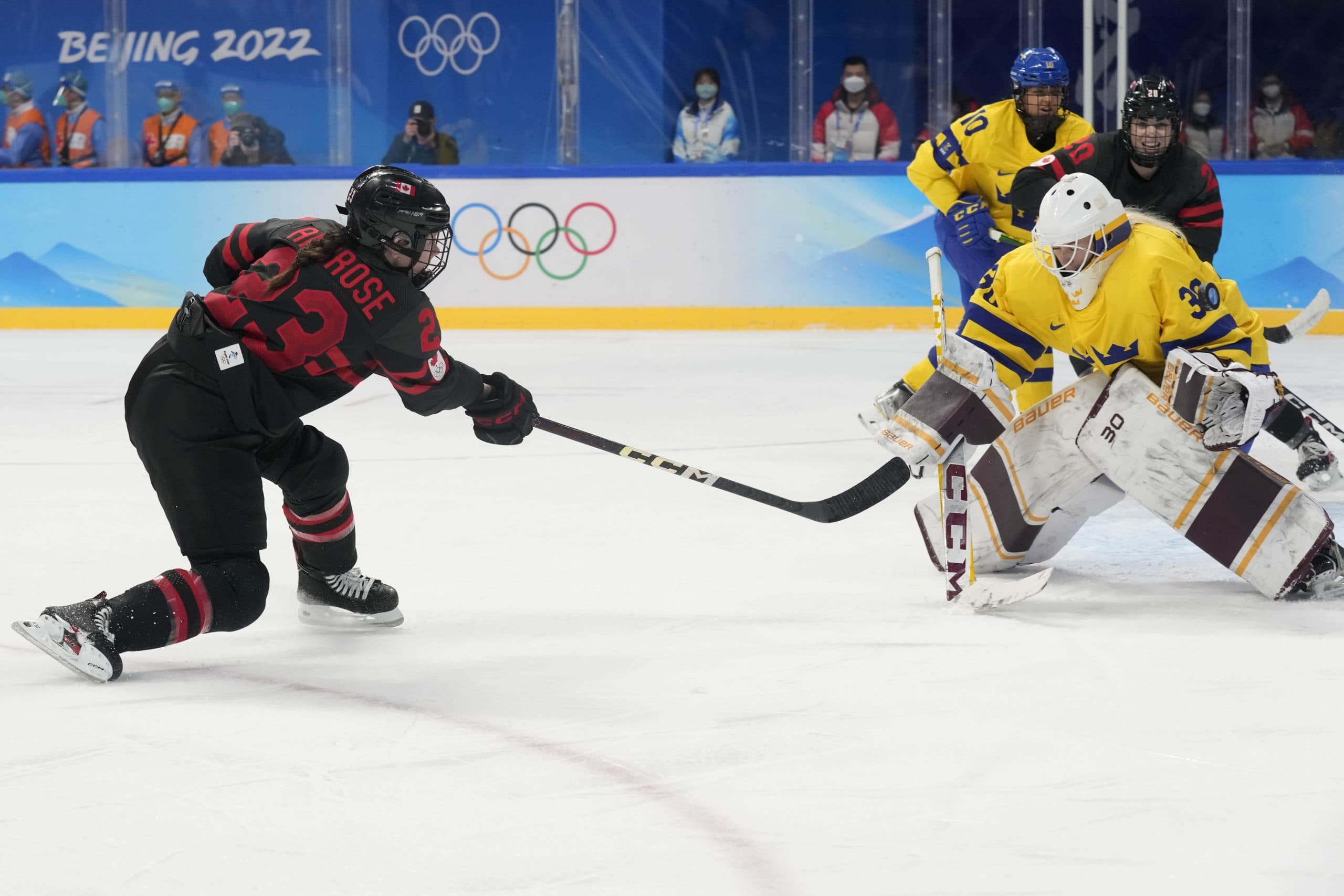Women’s hockey, unlike lazy sports journalism, belongs
Photo credit: © George Walker IV-USA TODAY Sports
By Mark Norman
Feb 12, 2022, 13:00 EST
Breaking News
- All eyes will be on Maple Leafs’ Joseph Woll in Game 4
- NHL betting preview (May 11): Maple Leafs vs. Panthers Game 4 predictions
- Injury be damned, the Leafs need a monster performance from their captain in Game 4: Leafs Morning Take
- Mitch Marner on why Matthew Knies is an important playoff presence: ‘He’s got a big body’
- Craig Berube would like Bobby McMann to simplify his game, get to blue paint
